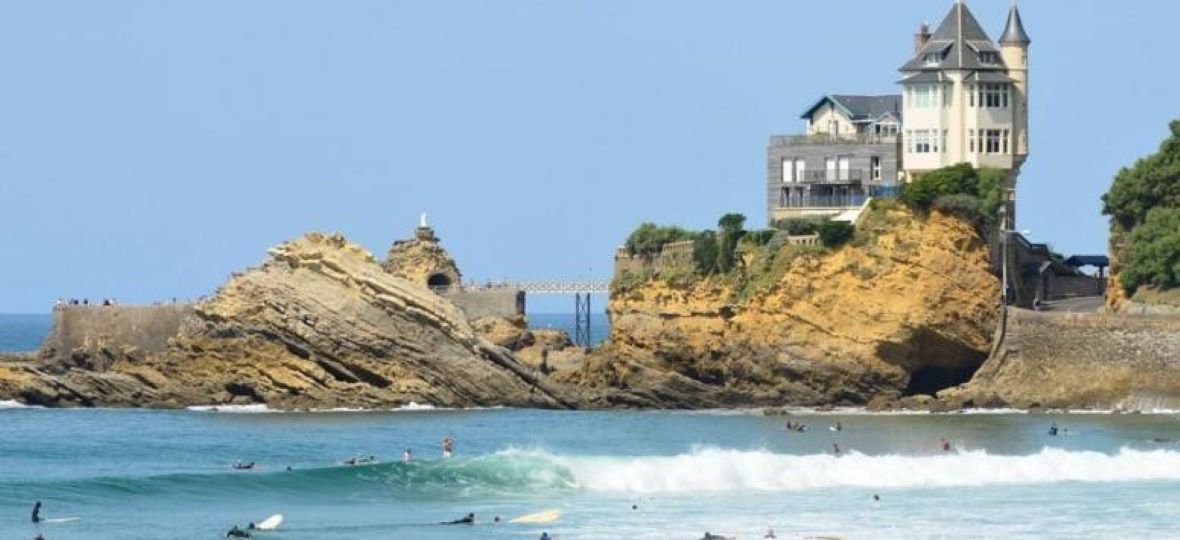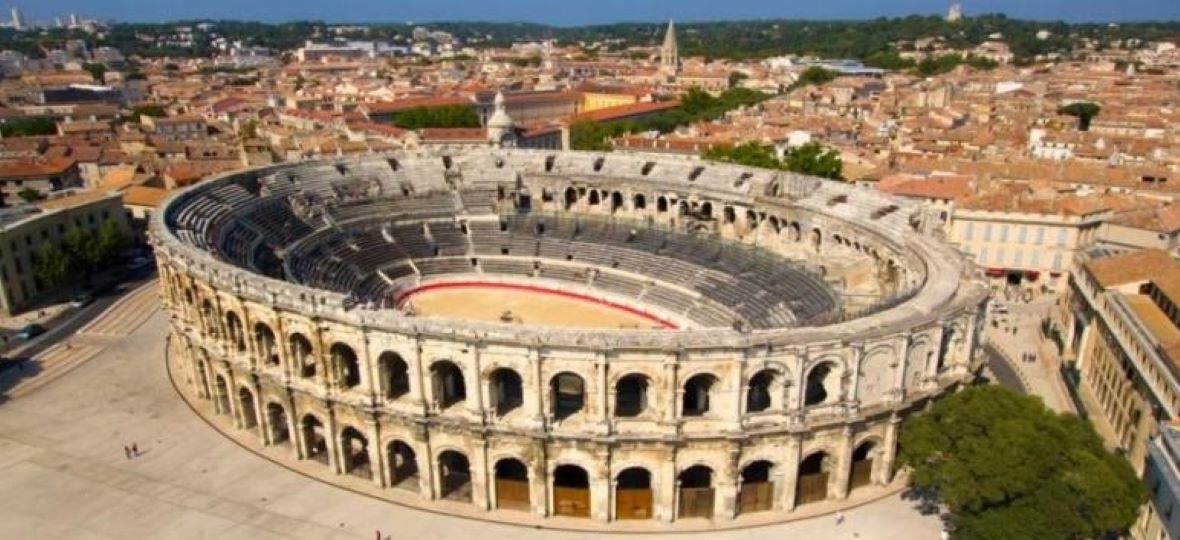The Loire Valley’s sensational chateaux, baguettes and beaches, snug ski resorts and the Eiffel Tower – all classic symbols of France well known to international travellers. But there’s plenty that visitors likely don’t know – at least until they get there. And now, with the European nation is re-opening to tourism, here’s a petite heads up on just a few of things that can be discovered in France that may not be thought of as typically French:
1. CANYONS
Forget lavender fields, Provence has another colourful natural beauty. Known as the second biggest canyon after the Grand Canyon, the Verdon Gorge (banner photo) is a river canyon in the Provence-Côte d’Azur region. Visitors can hike or rent kayaks or rock climb.
2. VOLCANOES
Believe it or not, the Auvergne-Rhones-Alpes region is home to the UNESCO Chaine des Puys, a chain of more than 80 volcanoes from north to south. The first eruption took place 96,000 years ago with the most recent one 8,600 years ago. Le Puy de Dome is the highest point at 1,465 m. Climb to the top for a 360-degree view of the surrounding countryside.
In Martinique, Mont Pelee erupted in 1902 destroying the vibrant community of Saint-Pierre. Last year, the completely renovated Franck A. Perret Museum (also known as the Memorial de la Catastrophe) opened with artifacts recovered from the eruption. In addition to the 432 artifacts, the museum also has an exhibit dedicated to the 7,000- plus victims of the disaster. Despite the tragic history, the volcano has been dormant since then and is a popular hiking spot full of dense rain forest and spectacular views over the Caribbean from the summit.
3. SURFING

Sipping rosé beach-side is a popular pastime, but visitors to the southwest city of Biarritz can bring their boards thanks to numerous surf spot, including La Cote Basque, which is fantastic for longboarders. Framed by the foothills of the Pyrnees, this beach has great waves for both beginners and more experienced riders.
And when one thinks of surfing, admittedly Martinique is not the first place to come to mind. However, the French Caribbean island is actually a premiere destination – the water is warm all year long and the surf spots are not overcrowded. In fact, surfing is part of the island’s DNA. Along the coasts of Grands-Rivieres and Basse Pointe, the Amerindians practiced the ‘bwa flo’ This early form of surfing consists of riding the waves on a tree trunk. Today the long and powerful swells of the Basse-Pointe (Martinique’s northeast coast) are a favourite of surfers for the ability to execute multiple maneuvers. Anse Bonville is the most popular spot on the island but Anse Couleuvre on the northern tip of the Caribbean coast has some of the best waves on the island.
4. GOLF
In 2018, France hosted the Ryder Cup on the Albatross course of Le Golf National, outside of Paris. In 2024, the Olympics are scheduled to take place there as well. Plus, Provence’s Terre Blanch Hotel is home to two renowned courses (voted Best Golf Resort in Continental Europe by Golf World UK) that take inspiration from nature; they’re filled with valleys, lakes and waterfalls.
5. PRETZELS
Actually it’s known as a Bretzel in the Alsace region. That’s where you’ll find these treats. The dough is precooked in boiling water then sprinkled with sea salt and caraway seeds and baked in the oven. Bretzels are typically washed down with beer. Some boulangeries even make a sweet version.
6. ROMAN RUINS

The Romans ruled what is now France for more than 500 years and impressive vestiges of that period are still visible. The most famous is Pont Du Gard, one of the best-preserved aqueducts in southern France.
Nearby, Nimes was an important Roman city and the Arena (home to gladiator contests) and Maison Carrée (temple) are stunningly intact. Next year the city of Narbonne will open the Musée NarboVia dedicated to Roman history in the area.
Lastly, the town of Orange is home to the UNESCO Roman Theatre, the first of its kind in France and the most well preserved of its kind in all of Europe. The intricate carvings and designs of the enormous stage and wall are still intact.
7. LOBSTER
France’s version of Maine, the Brittany region, is known for “le petit bleu.” This lobster with a black shell with blue highlights, is known for its extremely fine taste.
8. NATIONAL PARKS
Of the 11 national parks in France, highlights include Mercantour near the Italy border, where thousands of ancient rock carvings dating from the Bronze Age can be seen, or Les Calanques just outside of Marseille where one can rent a boat to explore the limescale crevices and coves.
9. PANCAKES
Everyone is familiar with crepes, but there are several savoury pancakes that are distinctly regional. In Amiens, the ficelle picarde is filled with ham, cheese and mushrooms; galette-saucisse is a Breton food truck fave consisting of a cold buckwheat crepe wrapped around a warm grilled pork sausage; and on Feb. 2, get ready to break out the pancakes for the Fete de la Chandeleur, which marks 40 days after Christmas and provides an occasion to use up all the butter and eggs before Lent as well as a way, according to legend, to ensure a plentiful crop.
10. ROUNDABOUTS
More than half of the world’s roundabouts – 30,000 of them – are found in France.

